
It doesn’t matter what you call it —In Nicaragua they call them “black shells,” in Panama “chucheca” and El Salvador “curil”— the piangua is a gastronomic delicacy.
For Anselmo at the Puerto Thiel bar, located in a town that shares the name, ceviche should be the first way that any dinner guest tries piangua.
With roughly 25 fresh mollusks, this fisherman prepares the dish with an infallible ritual. He picks up the piangua, grabs his machete and breaks it in half. It’s hard and you have to know the right point to strike in order to not shatter the shell.
Once it’s open, you can see “the meat,” the part where you remove “the hair” (a type of slime) and immediately “blood,” or non-toxic ink, flows out.
The meat (flesh), onion, cilantro, lime and the ink are mixed together in order to make a ceviche with such a particular flavor that it’s difficult to describe. It’s like opening your mouth and having a gust of ocean breeze enter. It tastes like the sea.
While the most recent data are from the 2004 State of the Nation report, it is thought that half of the pianguas sold in the country come from the Gulf of Nicoya, harvested by about 1,000 people, 40 percent of whom are women.
Anselmo says that, after 28 years of tending bar, customers continue calling to place orders from every part of the province and even the capital.
Going for More
Ceviche isn’t the only thing that you can make with piangua. Wilberth Ledezma – better known as Mi Limon or just Mili by friends – is the owner of the Los Yoses bar in Nicoya and is famous for offering what, according to him, are the best pianguas in their shells.
Mili calls this dish “mamaditas” or “gozadera” and in order to make it he uses 16 large, well hydrated pianguas.
“Nicoyans are a piangua eaters. In the case of people from San Jose, those who don’t know about it come, try it and then come back for more,” Ledezma said.
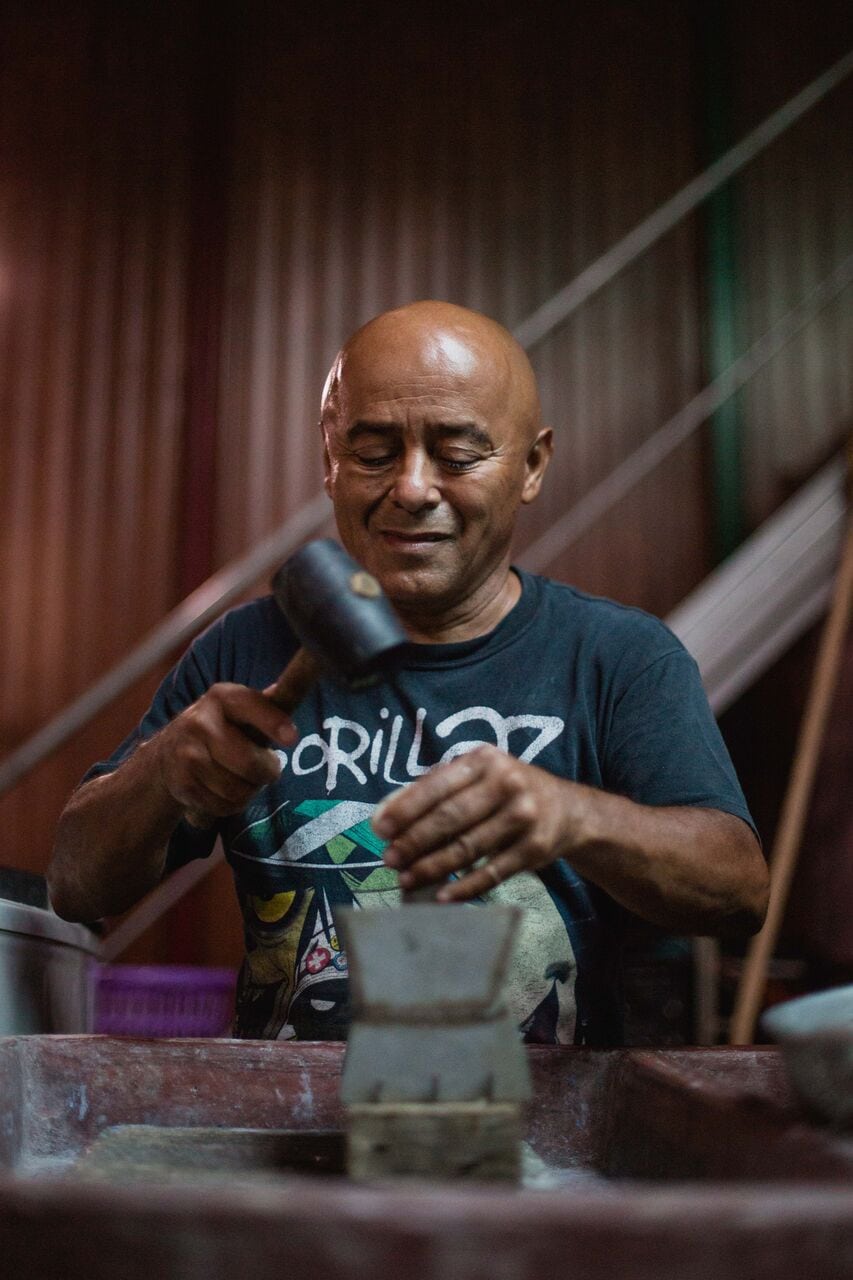
“Mi Limon” invented a piangua cracker to prepare dishes faster.
Mili invented a piangua cracker in order to make work faster and cleaner. He takes the piangua and sets it on the breaker. With a mallet, he strikes it to split it in two. It looks like an easy job, but when we tried it we realized that it requires a well-refined technique.
With the plate of mamaditas in front of us, an almost solemn process begins. You pick up the piangua and, with a spoon, slightly separate the meat from the shell. Then you put a spoonful of pico de gallo on top, sprinkle it with lime, salt, chili pepper to taste and suck it all out.
Once in your mouth, the palate is witness to a rush of flavors and to that slippery meat with a special taste.
Mili also makes piangua and rice, which is similar to calamari and rice . He explains to us that you can use it in soups and chowders.
Difficult Task
Ana Briceño, who has been catching pianguas for more than 40 years, explains to us that the work is done during low tide and the mangrove swamp floor is exposed. With mud up to knee level, the mollusk remains buried and almost imperceptible.
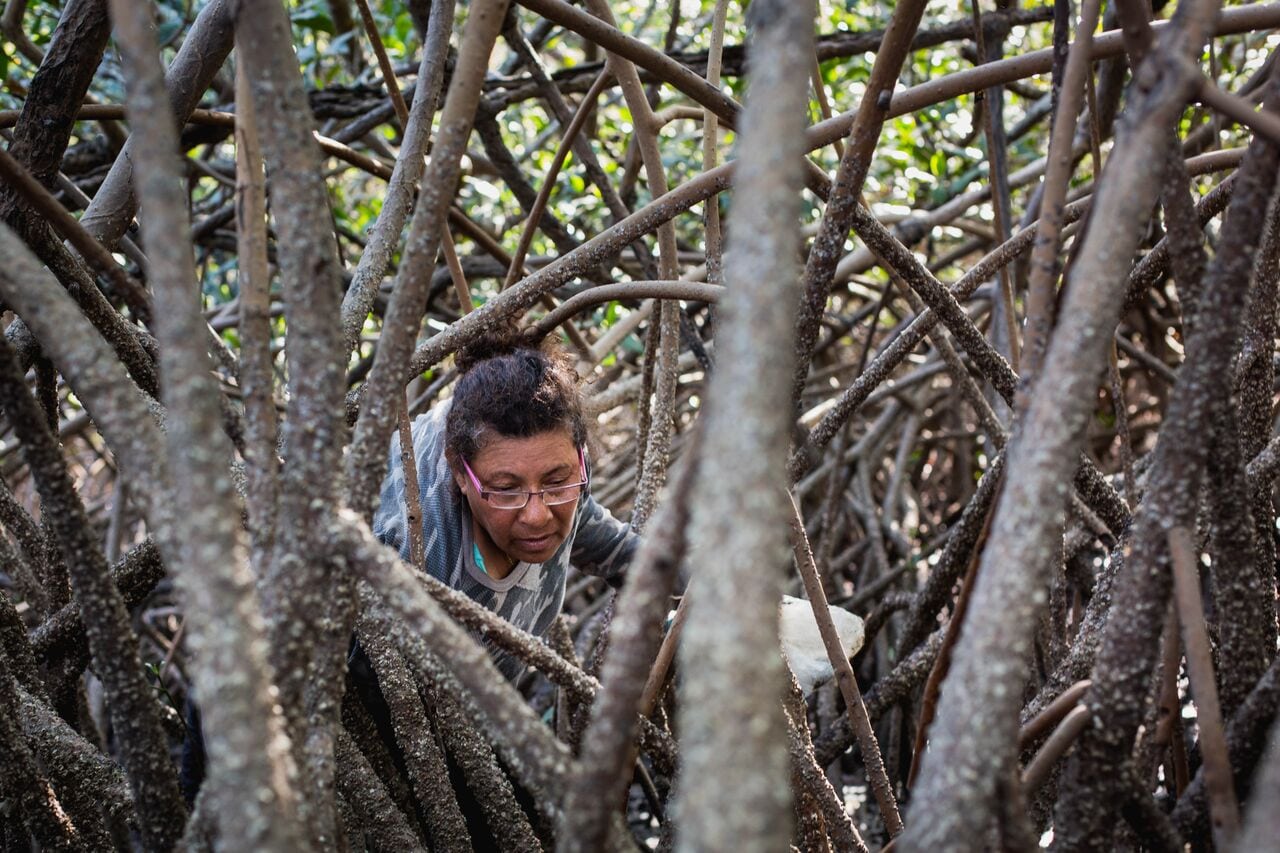
Ana Briceño collects pianguas between a plant named thistle, which has big thorns that cut like knives.
About 30 minutes from Puerto Thiel on Berrugate island, Briceño tries her luck almost every day between a plant called abrojo, which lives in an ecosystem ruled by mosquitoes and bees, and has thorns so fine that they cut you before you realize it. On a good day, she’s able to harvest 100 pianguas in two hours. She then sells them for between ¢6,000 and ¢8,000.
Is the price fair? Martín Contreras, president of the Guanacaste Fishermen’s Association, says that, in general, pianguero is sold to an intermediary who establishes the price and later sells it at a higher price in order to make a profit.
He added that the country doesn’t have a management plan that establishes zones and dates for fishing, the number of permits to be handed out nor a price.
In order to solve this, the chamber hopes to act as an intermediary between the producers and buyers, establishing a base price for their sales, but he didn’t specify when the initiative might start.
Now that you know about piangua from every angle, would you dare to try it and pay homage to the piangua haverstors and their work?


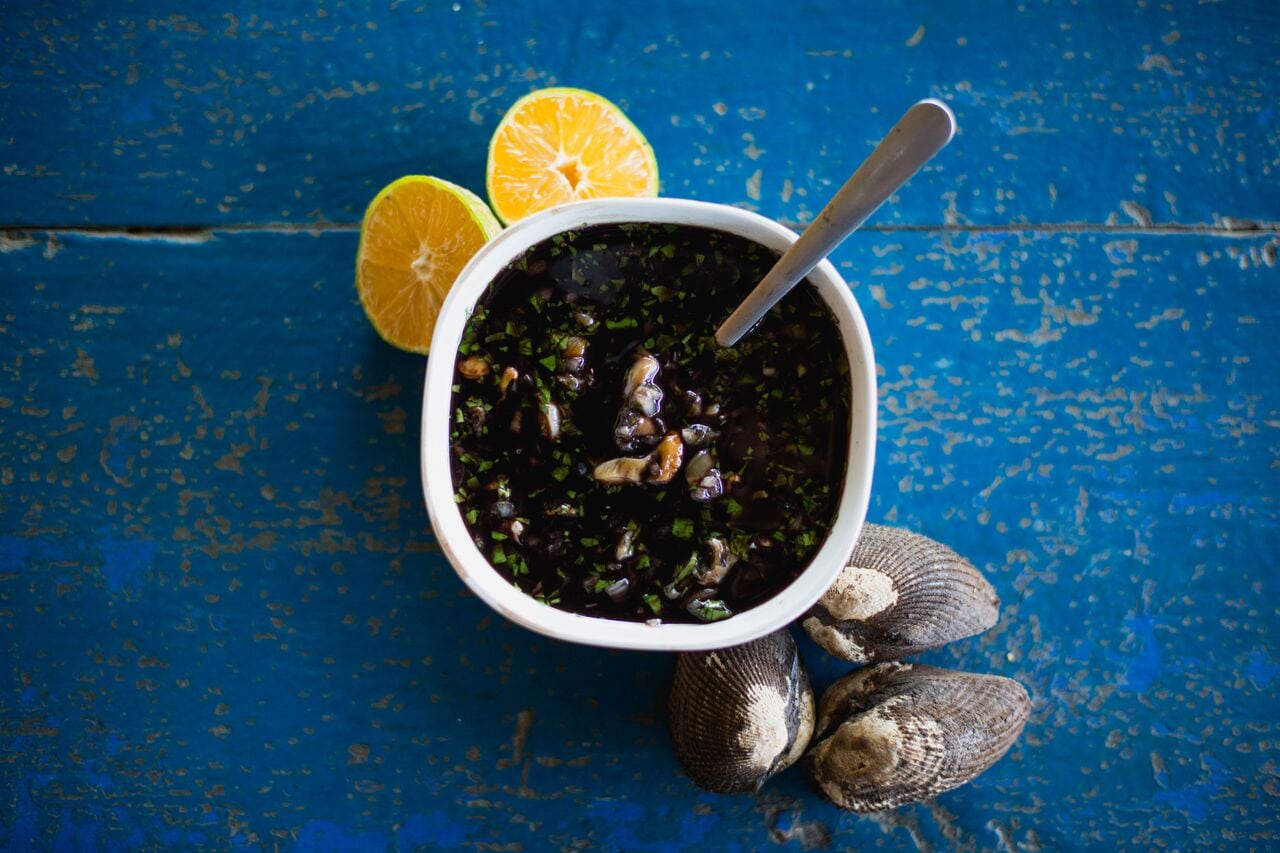
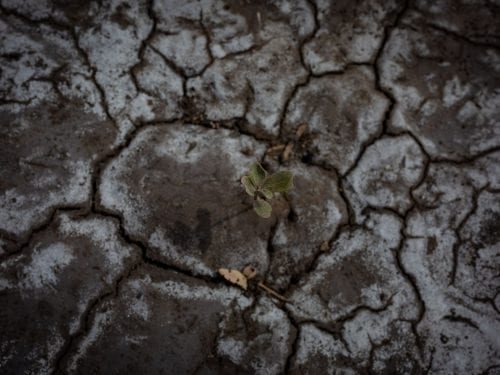
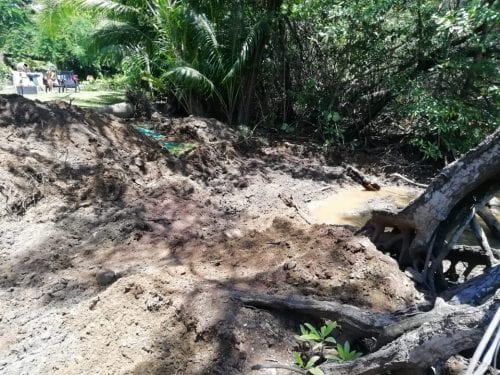


Comments